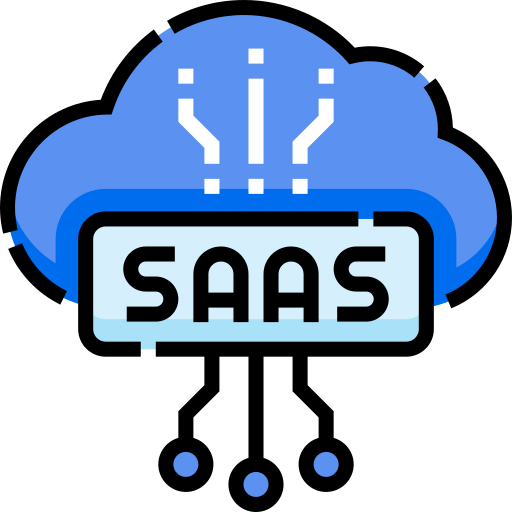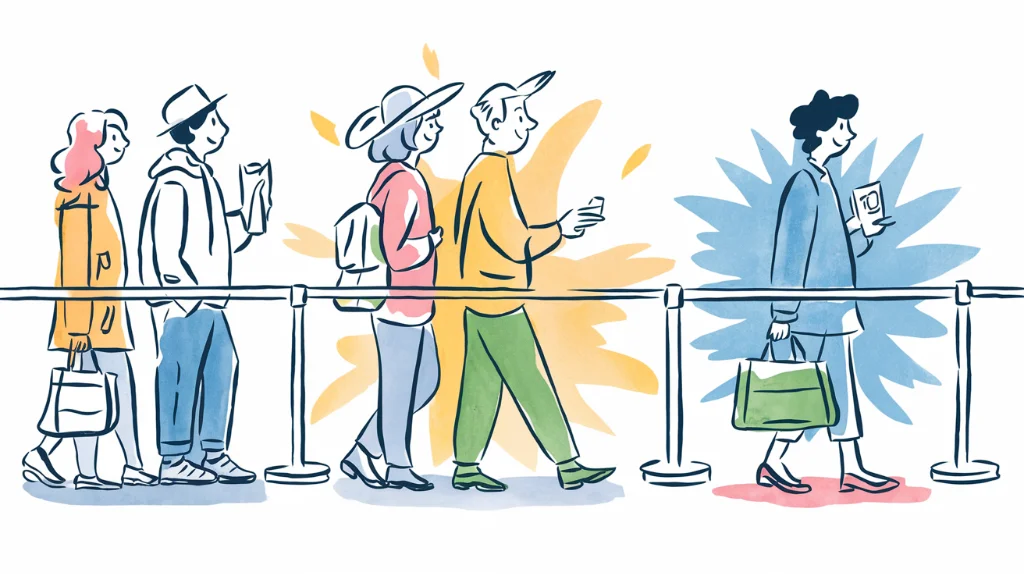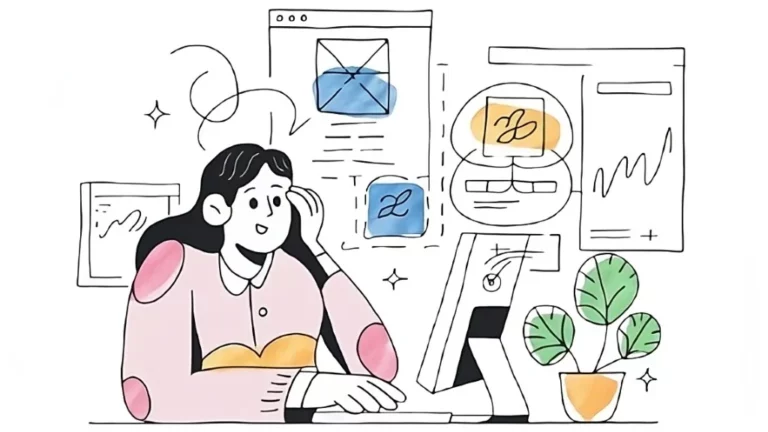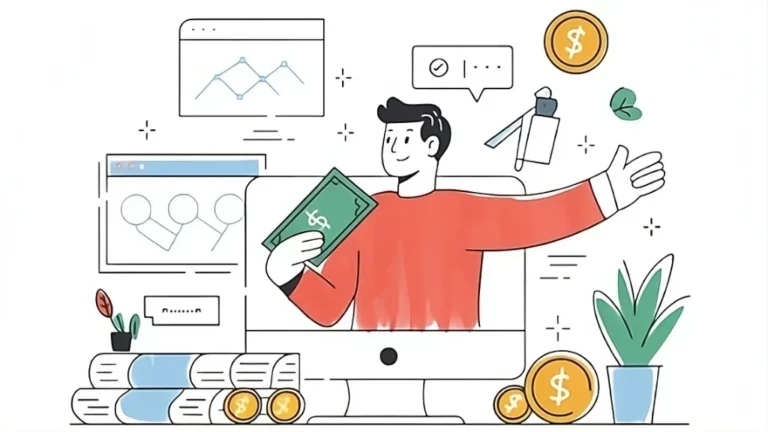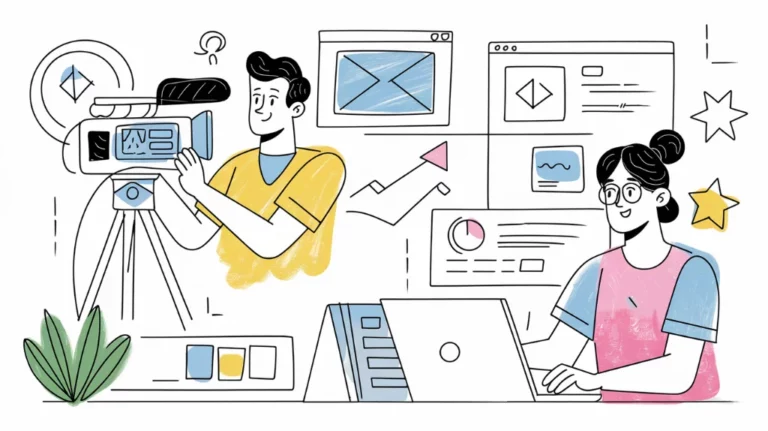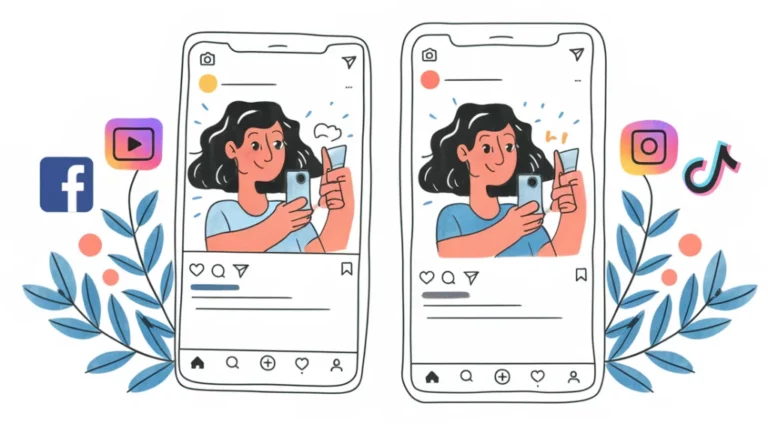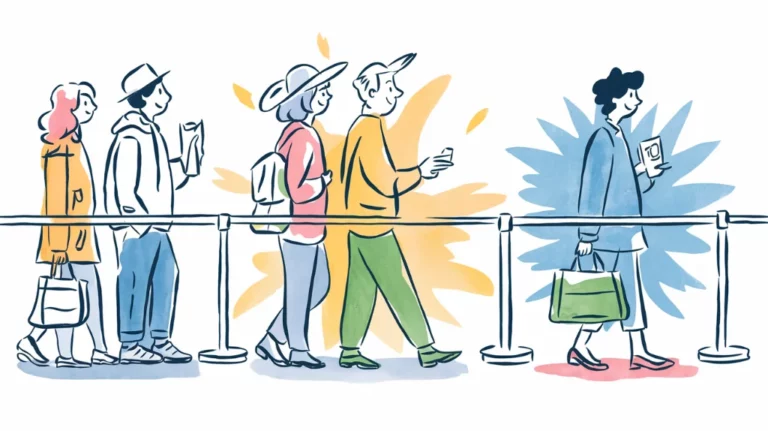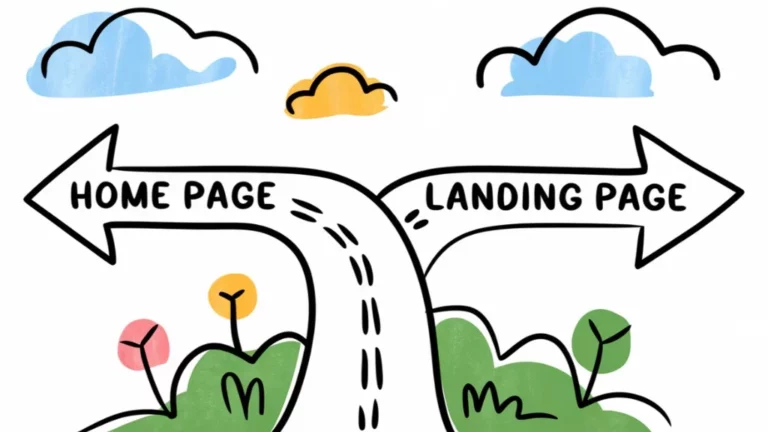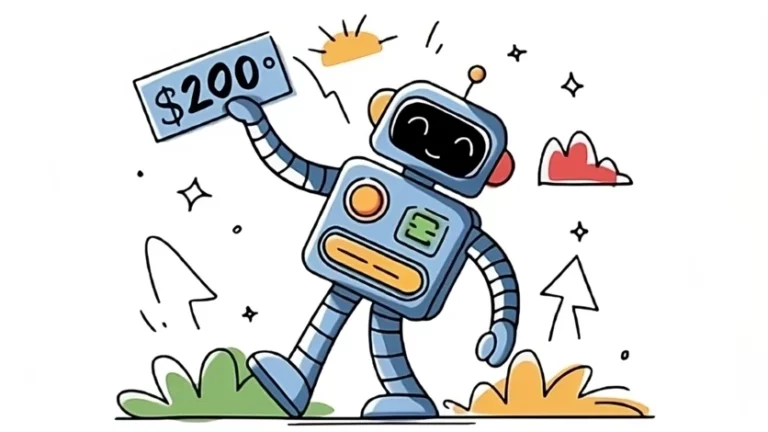In today's attention-deficit world, the power of exclusivity and anticipation is amplified. Waitlists tap directly into this psychology, making them an indispensable asset for any SaaS entrepreneur aiming to make a significant impact with their launch. If you're not leveraging a waitlist, you’re essentially leaving valuable validation, user engagement, and potential early revenue on the table. Don't delay – start building your waitlist today and get a head start on SaaS success!
What Exactly is a Waitlist and Why Should SaaS Entrepreneurs Care?
Imagine a velvet rope outside an exclusive club – that’s essentially what a waitlist does for your upcoming SaaS product. It’s a pre-launch sign-up system where potential users register to get early access. For SaaS entrepreneurs, especially those flying solo or with lean teams, waitlists are more than just a sign-up sheet; they are strategic assets.
Why is this pre-launch phase so crucial? Well, it’s your chance to test the waters before diving headfirst into full-scale development. A waitlist helps in several key ways:
- Validating Demand: Does anyone actually want what you're building? A waitlist provides concrete evidence of interest, or a lack thereof, early on.
- Generating Buzz: Exclusivity is magnetic. A waitlist creates a sense of anticipation and "fear of missing out" (FOMO) around your product even before it's launched.
- Defining Your Ideal Customer: Who is signing up? The demographics and interests of your waitlist members offer valuable insights into your target audience.
- Saving Precious Resources: Validating your concept before extensive development can save you significant time and money, preventing you from building something nobody needs.
Consider this sobering statistic from Harvard Business Review:
42% of startups fail because there is no market need for their product.
Think about that for a moment. A waitlist is your proactive defense against becoming another statistic. It's about smart validation, not just wishful thinking.
Should You Make Your Waitlist Free or Ask for Payment?
This is the million-dollar question, isn't it? Deciding whether to offer a free or paid waitlist is a pivotal strategic choice, each with its own set of advantages and disadvantages. Let's break down the pros and cons to help you decide what aligns best with your SaaS goals.
What are the Upsides and Downsides of a Free Waitlist?
The Bright Side (Pros):
- Easy Entry for Everyone: With no financial commitment, a free waitlist removes barriers, potentially attracting a larger volume of sign-ups. Think of it as casting a wide net.
- Building a Broad Audience: A larger sign-up pool means a bigger email list to nurture. This is invaluable for future marketing and product updates.
- Perfect for Early Exploration: When you’re still refining your product idea and broadly testing the market, a free waitlist is an ideal, low-stakes approach.
The Flip Side (Cons):
- Commitment Levels Vary: Free sign-ups don't always translate to serious interest. Some people might just be casually curious or signing up for everything they see.
- Potential for Background Noise: You might attract a lot of sign-ups who aren’t genuinely your target customers, making it harder to filter for truly interested users.
What are the Benefits and Drawbacks of a Paid Waitlist?
The Perks (Pros):
- Stronger Signal of Validation: When people are willing to pay even a small fee to join your waitlist, it’s a powerful indicator of genuine interest and belief in your product’s value. It’s a real commitment.
- Higher Quality Leads, Guaranteed: A paid waitlist acts as a filter, weeding out casual browsers and attracting users who are serious about your solution. These are your ideal early adopters.
- Early Revenue Boost: Even a nominal waitlist fee can contribute to your initial funding, helping you offset development costs and demonstrating early market confidence to potential investors.
The Challenges (Cons):
- Potentially Smaller Numbers: Asking for payment upfront might deter some potential users, resulting in a smaller waitlist, especially if your brand is new or unknown.
- Increased Expectations: Paid waitlist members have skin in the game and will naturally expect more communication, value, and a higher quality product upon launch. You need to deliver on that promise.
When Does Charging for a Waitlist Make Sense?
So, when should you dare to charge for early access? Consider these scenarios:
- Confidence is Key: You are deeply confident in your product's value proposition and have a strong sense that it solves a real pain point.
- Prior Validation Steps: You’ve already done some form of initial validation, perhaps through surveys, prototypes, or conversations with potential customers, and the feedback is overwhelmingly positive.
- Niche Audience, High Value: You are targeting a specific niche market where users are known to be willing to pay for early access to valuable tools or solutions. Think professionals, early tech adopters, or industry enthusiasts.
Superhuman, the premium email client, provides a compelling example. They generated significant buzz and targeted high-value customers by implementing a paid waitlist. Fast Company reported how:
Superhuman's approach not only created exclusivity but also ensured that their early user base was deeply invested in their product.
It's a bold move, but one that can pay off handsomely under the right circumstances.
What Essential Steps Should You Take to Set Up a Successful Waitlist?
Creating a waitlist isn't just about throwing up a signup form and hoping for the best. A truly successful waitlist is strategically designed and meticulously managed. Here are key best practices to ensure your waitlist works hard for you:
1. Do You Clearly Communicate Your Product's Value?
Why should anyone bother signing up for your waitlist? Your value proposition must be crystal clear and compelling. Articulate the unique benefits users will gain by being early adopters – is it early access, exclusive discounts, special features, or something else entirely? Be specific and paint a vivid picture of the value they'll receive.
Remember Notion's waitlist for their AI tools? They didn't just say "AI features coming soon." They emphasized "early access to cutting-edge technology" – a much more enticing proposition that resonated with their target audience and drew in thousands of eager users. See the difference?
2. Are You Using Social Proof and FOMO to Your Advantage?
People are social creatures, and nobody wants to be left out. Leverage social proof by showcasing metrics like "Join 10,000+ others already waiting!" to create a sense of momentum and urgency. Tools like Queue-it can even display a live countdown of remaining spots, amplifying the FOMO effect. Isn't that clever?
3. Have You Considered Incentivizing Referrals?
Turn your waitlist into a growth engine by rewarding users who bring their friends along. Referral programs can significantly expand your reach organically. Morning Brew, the popular daily newsletter, is a prime example. Their referral-driven waitlist fueled their growth to millions of subscribers. Think about offering points, exclusive content, or even early access perks for successful referrals.
4. Are You Leveraging Scarcity to Drive Sign-Ups?
Scarcity is a powerful motivator. Limit the number of available waitlist spots or set a deadline for sign-ups to create urgency. A limited-time window or a capped number of participants makes your waitlist more desirable and encourages quicker decisions. "Limited spots available!" is a classic for a reason.
5. Are You Planning to Follow Up Regularly with Waitlist Members?
Signing up is just the first step. Don't let your waitlist members go cold! Nurture them with consistent updates, sneak peeks of your product, progress reports, and engaging content. Keep the excitement alive and build anticipation for the launch. Think email sequences, exclusive blog posts, or even behind-the-scenes videos.
What Common Mistakes Should You Avoid with Your Waitlist?
Waitlists, while powerful, are not foolproof. Certain pitfalls can undermine your efforts and even damage your brand reputation before you've even launched. Let's highlight some common mistakes to steer clear of:
1. Are You Overpromising and Risking Underdelivering?
Be cautious about making grand promises you can't realistically keep. Promising features that are still uncertain or setting unrealistic launch timelines can backfire. Broken promises erode trust and can damage your credibility right out of the gate. Be honest and manage expectations.
2. Are You in Danger of Ignoring Your Waitlist After Sign-Up?
Silence is deadly. If you neglect your waitlist members after they sign up, they're likely to lose interest and enthusiasm. Consistent engagement is crucial. Use email marketing, social media updates, or even webinars to keep them informed, excited, and feeling valued.
3. Are You Missing Out on Valuable Feedback Opportunities?
Your waitlist isn't just a list of email addresses; it's a goldmine of potential user insights. Pay close attention to the questions, feedback, and even objections raised by your waitlist members. This is invaluable market research that can help you refine your product before launch. Listen closely!
4. Do You Have a Clear Plan for Converting Waitlist Members into Customers?
What happens once you launch? Don't leave your waitlist members hanging. Have a clear strategy to convert them into paying customers. This could involve offering early-bird discounts, exclusive onboarding sessions, or special launch-day bonuses. Think beyond the signup and plan for conversion.
What Real-World Waitlist Examples Can We Learn From?
Looking at successful waitlists in action can provide valuable lessons and inspiration. Let's examine a few standout examples:
Superhuman: How Did a Premium Email Tool Create Such Hype?
Superhuman's invite-only waitlist was a masterclass in creating exclusivity. By making their email tool highly desirable and difficult to access, they generated massive buzz. Their $30/month price tag before launch was a bold move that ensured only serious, high-value users joined their early adopter pool. It's a testament to the power of perceived value and exclusivity.
Robinhood: How Did Commission-Free Trading Build a Million-Strong Waitlist?
Robinhood's pre-launch waitlist exploded to over 1 million users by strategically incentivizing referrals and promoting early access to their innovative commission-free stock trading platform. They tapped into a strong market desire for disruption and made early access a reward worth sharing.
Clubhouse: How Did an Audio App Leverage Exclusivity for Explosive Growth?
Clubhouse initially thrived on exclusivity by making their social audio app invite-only. This created a sense of scarcity and intrigue that fueled demand. The "velvet rope" approach made getting into Clubhouse feel like joining an exclusive club, driving rapid growth and adoption.
What Key Metrics Should You Track to Gauge Waitlist Success?
A waitlist is only valuable if you're tracking the right data to understand its performance. Here are essential metrics to monitor:
1. What's Your Sign-Up Conversion Rate?
This is the percentage of visitors to your waitlist page who actually sign up. Aim for a conversion rate of at least "20%" as a good starting benchmark. A higher rate indicates a compelling value proposition and effective page design.
2. What Are Your Referral Rates Telling You?
Track how many new sign-ups originate from referrals. A robust referral rate signifies that your product idea is resonating and that waitlist members are enthusiastic about sharing it. Strong referrals are a sign of genuine excitement.
3. How Engaged Are Your Waitlist Members?
Monitor email open rates, click-through rates in your updates, and replies to your communications. High engagement levels signal strong interest and active participation from your waitlist community. HubSpot suggests that:
A good email open rate for SaaS companies hovers around "20-25%".
Use this as a benchmark to assess your engagement efforts.
4. If Paid, What's Your Churn Rate?
If you opted for a paid waitlist, closely monitor refund requests or cancellations. A high churn rate might indicate issues with your value proposition or pricing strategy. Keep a close eye on user retention.
How Can Solo Entrepreneurs Really Maximize a Waitlist's Potential?
For solo SaaS entrepreneurs, time and resources are often stretched thin. A waitlist becomes an even more critical tool for prioritization and focused effort. Here’s how to leverage it effectively:
1. Can You Use Waitlist Feedback to Drive Lean Development?
Use the insights gleaned from your waitlist to shape your Minimum Viable Product (MVP). Focus your development efforts solely on the features that your waitlist members are most excited about. Lean development powered by real user feedback is incredibly efficient.
2. Can Your Waitlist Become Your Initial Audience?
Treat your waitlist as your foundational community. Engage with them actively on social media, share your development journey transparently, and build trust and rapport. Your waitlist can become your most loyal early customer base.
3. Have You Considered Pre-Selling Through Your Waitlist?
If you’re confident in your product and its market fit, explore using your waitlist as a pre-selling platform. Offer early subscriptions or licenses to generate initial revenue and further validate demand. Pre-selling can provide crucial early capital.
4. Can Strategic Outsourcing Help Manage Your Waitlist Effectively?
If managing aspects of your waitlist—such as setting up referral systems or email automation—feels overwhelming, consider outsourcing these tasks. This frees up your time to focus on core product development and strategy. Outsource to optimize your time.
Final Thoughts: Is a Waitlist Right for Your SaaS Product?
In short, yes, emphatically yes. A waitlist is an incredibly powerful and cost-effective tool that should be in every SaaS entrepreneur's toolkit. It’s your secret weapon for validating demand, engaging potential customers early, and refining your product before launch.
Whether you choose a free or paid approach, a well-executed waitlist strategy provides invaluable market insights and positions your SaaS product for a stronger, more successful launch.
Take the time to craft a compelling value proposition, incentivize referrals to amplify your reach, and consistently engage with your waitlist community. Avoid the common pitfalls of overpromising or neglecting feedback. By doing so, you won't just validate your idea; you'll build a dedicated group of early adopters ready to champion your product from day one.
